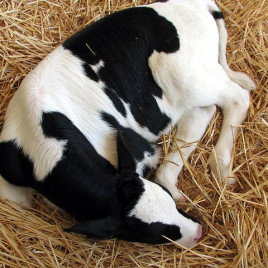Dairy calves exhibited ‘pessimistic’ behaviour after they were separated from their mother, a new study shows. Thirteen Holstein calves were raised with their dams and trained to discriminate between white (reward) and red (punishment) colours displayed on a computer monitor. They were then tested using an ambiguous colour (between white and red): 72% of calves […]
Tag: British Columbia
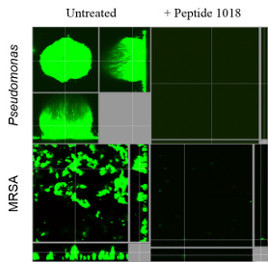
Biofilm-busting protein could lead to new antimicrobials
Researchers have discovered that a synthetic protein is capable of breaking up the slimy films that harmful bacteria use to stick themselves to human tissues. The protein molecule is called “1018” and is modelled after proteins produced by the human immune system. A new study shows the molecule prevented biofilm growth in E. Coli, Salmonella and […]
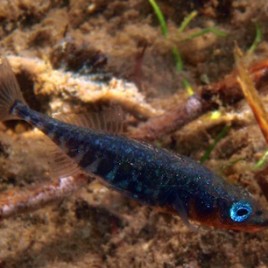
Sticklebacks are blind to each other’s armour
Different-looking sticklebacks from Kennedy Lake on Vancouver island interbreed despite evolutionary pressure not to, according to a new study. Genetic studies showed that fish with one parent that had lots of body armour and another parent with minimal body armour had a lower chance of surviving to adulthood than fish whose parents were both of […]

Most NHL players peak by age 29
Hockey players reach their peak performance by age 29, according to a new mathematical analysis. The study used regular-season NHL records from 1997 to 2012 and compared player age with points scored per game. The authors estimate scoring peak age is slightly earlier by about a year for forwards (between 27 and 28) than […]
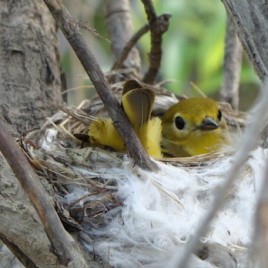
Warblers limited by winds during migration
A new study shows that survival and productivity of the yellow warbler depends most strongly the weather conditions during migration, rather that those in its breeding or wintering grounds. Researchers banded and monitored 380 of the tiny songbirds, which which breed in western Canada and overwinter in Mexico and Central America, over seven breeding seasons. […]
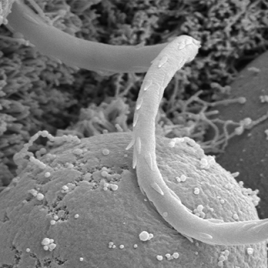
How a harmless alga became a lethal parasite
A new genomics study shows how a free-living, photosynthetic alga – that is, a type of green pond scum – evolved into an insect parasite that kills juvenile blackflies, caterpillars, beetles and mosquitoes. The sequenced genome of Helicosporidium shows that it kept nearly all its genes except those required for photosynthesis when it made the […]
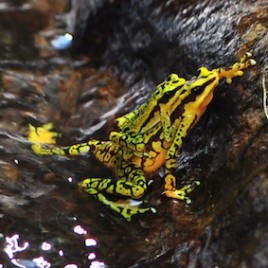
Will a deadly fungus wipe out frogs in your area?
Batrachochytrium dendrobatidis is a fungus that causes a deadly skin disease in frogs and other amphibians, and is one of the factors contributing to the global decline of amphibians. A new mathematical model shows that the reproduction quotient – that is, the average number of new spores produced by an initial spore over its lifetime […]
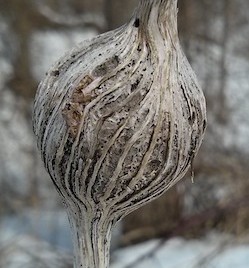
Fluid fats fuel frozen flies
New research shows that gall fly larvae produce a special form of fat that remains liquid at very low temperatures, up to -80 °C. Gall flies have some of the best cold tolerance in the animal kingdom. They spend the winter inside lumps of plant tissue called galls. While the new discovery could help explain […]
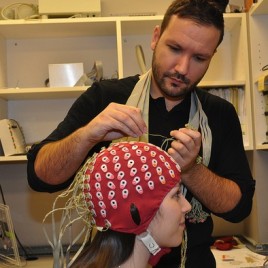
Measuring the brain’s anti-distraction system
Researchers have used EEGs (electoencephalogram) to show that a newly discovered type of neural process that works to overcome a distraction. When your gaze shifts to follow a distraction, neural circuits in your brain gives off signals that can be detected during an EEG. The discovery could help develop new strategies to avoid distracted driving or offer […]
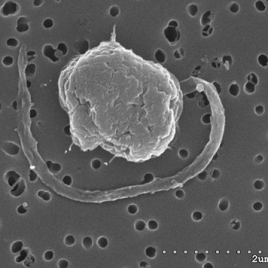
Genomics is ignoring microscopic “others”
According to a new study, genomics – the science of mapping genes and DNA sequences – is ignoring a huge amount of genetic diversity. The authors point out that 85 per cent of the genomes that have been sequenced are from plants, animals or fungi, yet these individuals within these groups are genetically very similar […]
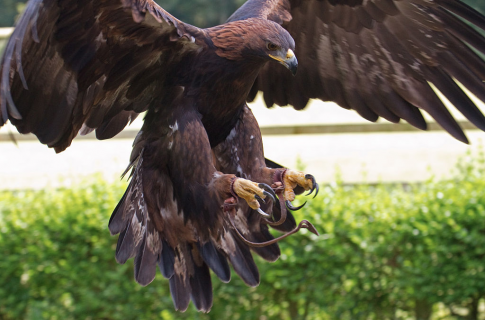
Migrating Golden Eagles Avoid Turbines at a Rocky Mountain Wind Installation
Researchers in British Columbia have found that eagles detect and avoid wind turbines during migration by increasing their flight altitudes. The researchers visually tracked golden eagle migration over a commercial wind farm before and after construction. They monitored the commercial wind installation in the Hart Range near Chetwynd British Columbia – the Dokie 1 Wind Energy […]
Coastal wolverines eat salmon 
In British Columbia, wolverines normally occupy mountain habitats and are rarely found near the coast. Nevertheless, a new study not only documents wolverines on Princess Royal Island for the first time, but uses nitrogen isotope analysis to infer that the animals were likely eating salmon. (Article available on request.).

Bird flu and seasonal flu | Experts available
Experts available – Bird flu and seasonal flu – January 10, 2014 With Canada’s first – albeit isolated – case of H5N1 (bird flu) reported last week and ongoing concern about H1N1 influenza across the country, SMCC has gathered a short list of flu experts who are available to answer media questions. If you are […]
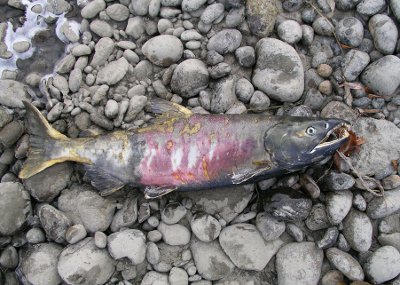
Sea lice have unexpected effect on chum salmon
Fisheries data from British Columbia show that when sea lice infest populations of pink and coho salmon, their productivity suffers. Surprisingly, this correlation is not present for chum salmon, which are less popular among predators. A new study uses mathematical models to explore one possible explanation: by slowing down all species, sea lice provide predators […]
